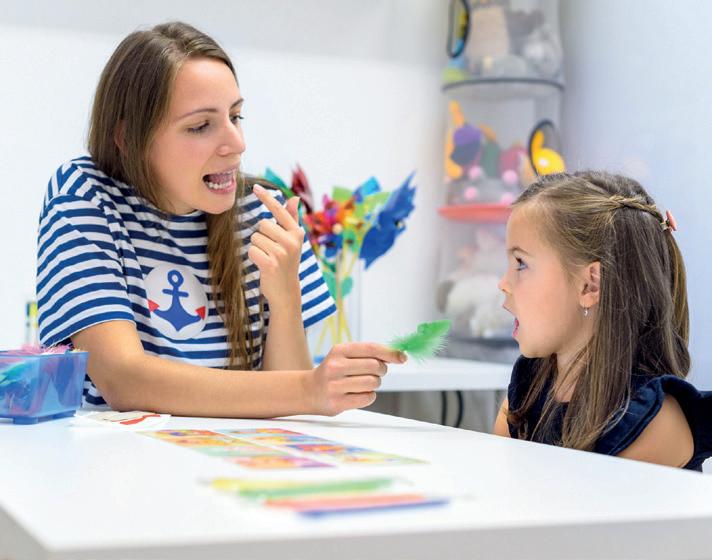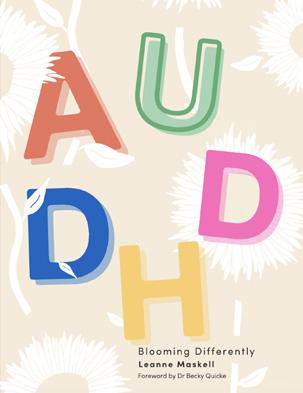
2 minute read
“Why Can’t You Just Behave?”
Why we need to rethink how we define behaviour to benefit all children who think differently
No child wants to get into trouble. Behaviour is often misunderstood, mislabelled, shamed and punished, especially within the context of neurodivergence. The education system is not designed to accommodate differences. The standardised one-size-fits-all model expected of all children, such as the expectation to sit quietly for hours each day and to pass exams in a certain way, is man-made.
Failure to meet these expectations can result in being told off, but neurodivergent children in particular may not understand the reasons behind this, resulting in them shaming themselves. Children who are quiet, still and obedient tend to be labelled as good whilst those who act in ways that feel natural, such as by talking or moving around, are often labelled as misbehaving.
This shame is internalised, such as by children with ADHD, who are said to receive 20,000 more negative comments than their peers by age 12. The belief that they are naughty or disruptive simply for being themselves in a system that wasn’t designed for their brain can have life-long impacts.
As a result, some children may learn to mask their symptoms, which uses excessive energy, whilst others may be more vulnerable to dangerous coping strategies such as alcohol and drugs. Balancing the need to support a group of children, whilst accommodating individual differences, doesn’t have to be as difficult as it can often feel for educators. Just like telling someone not to cry won’t make this stop, demanding that children behave will have the same effect. When we’re overwhelmed, it can be very challenging to avoid exasperated outbursts, but these are counterproductive.
Instead of shaming, teachers can approach naughty children with compassion, collaboration and curiosity. Seeking to understand the behaviour can remove frustration and provide an explanation. A child’s behaviour is often a way of expressing their needs, emotions or challenges. The disruptive child in the class may be the one who hasn’t understood the instructions, who is seeking a distraction. The child who doesn’t seem to be listening may be battling internal anxiety, struggling to focus their attention despite trying their best.

Educators can work with children, instead of against them, to uncover the reasons behind these challenges and work towards a solution. This requires trust and vulnerability on both sides: students feeling safe enough to share their experiences and teachers believing and validating their experiences.
To do this, teachers must challenge their own bias and assumptions - especially around what’s considered good or bad behaviour. Recognising behaviour as an expression of communication can help to move forwards with support and understanding.
Frustration around behaviour often is a signal of misunderstandings. Meeting children where they’re at allows them to feel autonomy and control within situations that so often feel uncontrollable, such as the overstimulation of a classroom.
This approach benefits neurodivergent children, such as those with ADHD and autism, but most importantly, it helps everyone. As we’re all neurodiverse and all think differently from one another, every child will have unique learning styles and strategies that work for their unique brain. Allowing space for mistakes, learning and growth will teach lessons that go far beyond the classroom.
If students are given independence and trust to understand the ways they work best, they will exceed expectations. Instead of viewing Special Educational Needs as a group of certain students, educators can take a neuroaffirmative approach, recognising that all children deserve a learning environment that works for their brain - not against it.
This may require overcoming institutionalised biases, such as what concentrating looks like. For example, I was much better able to listen in class when I was making origami birds out of paper, or secretly listening to music hidden beneath my hair.
LEANNE MASKELL Founder and Director of ADHD Works, Author www.adhdworks.info










